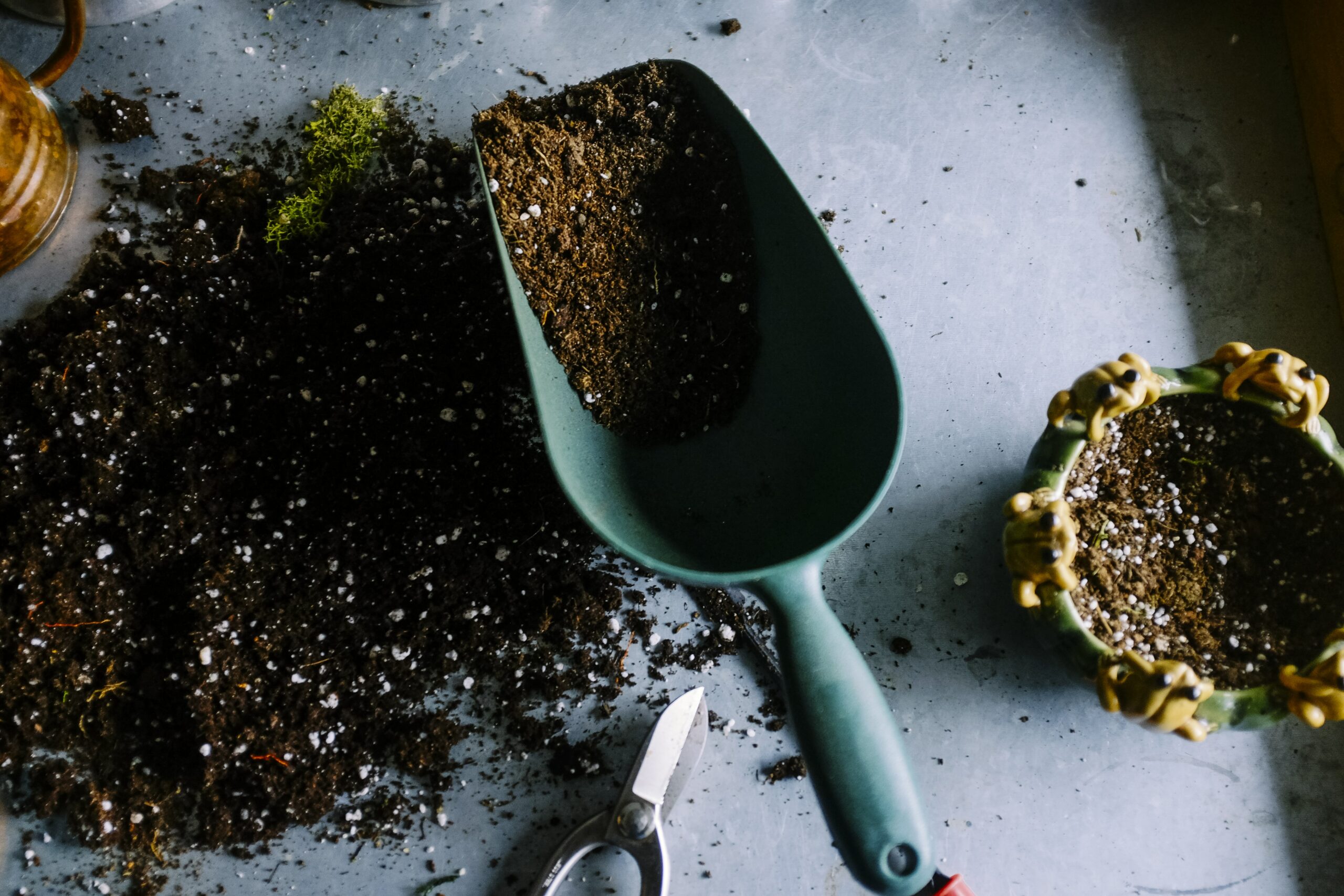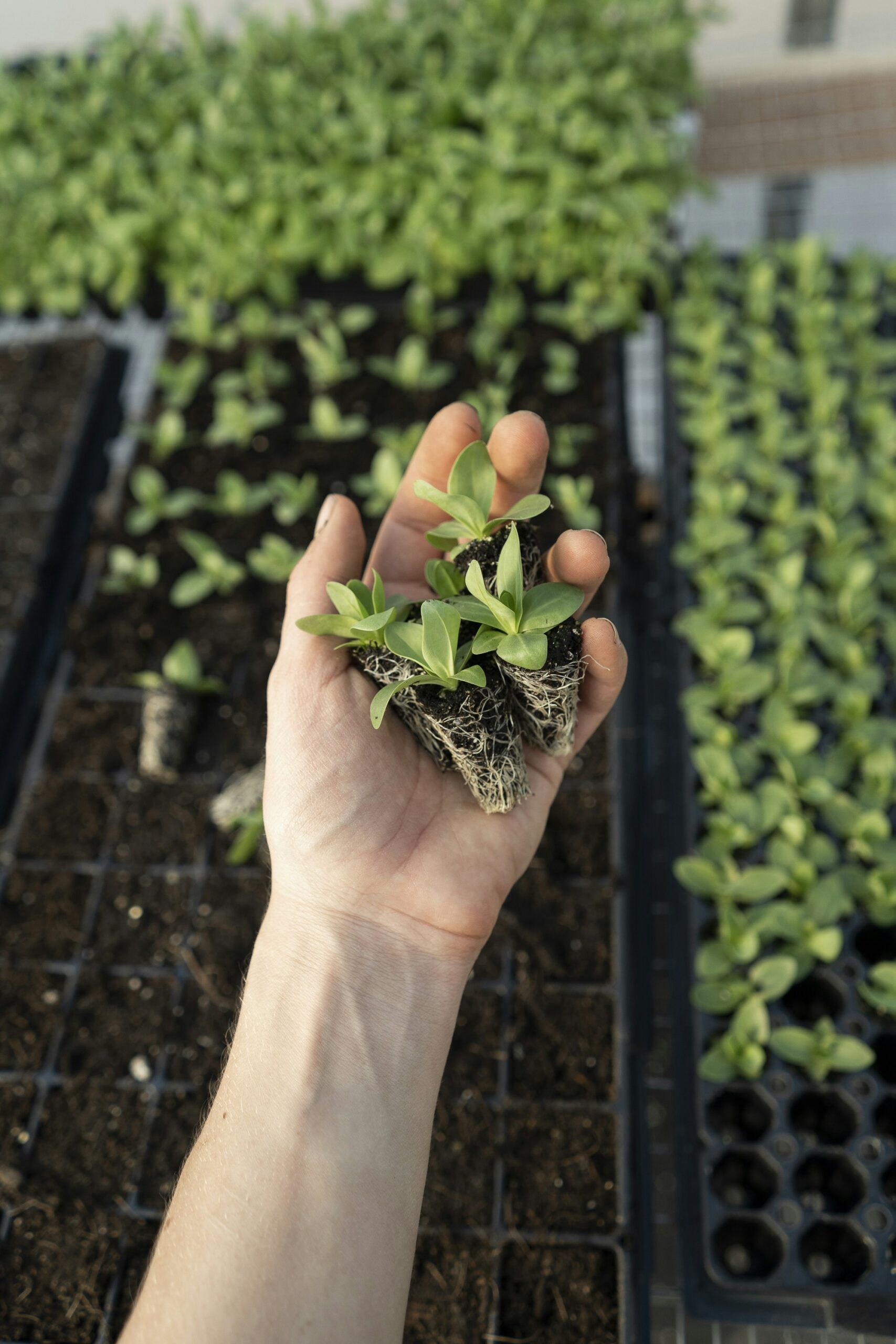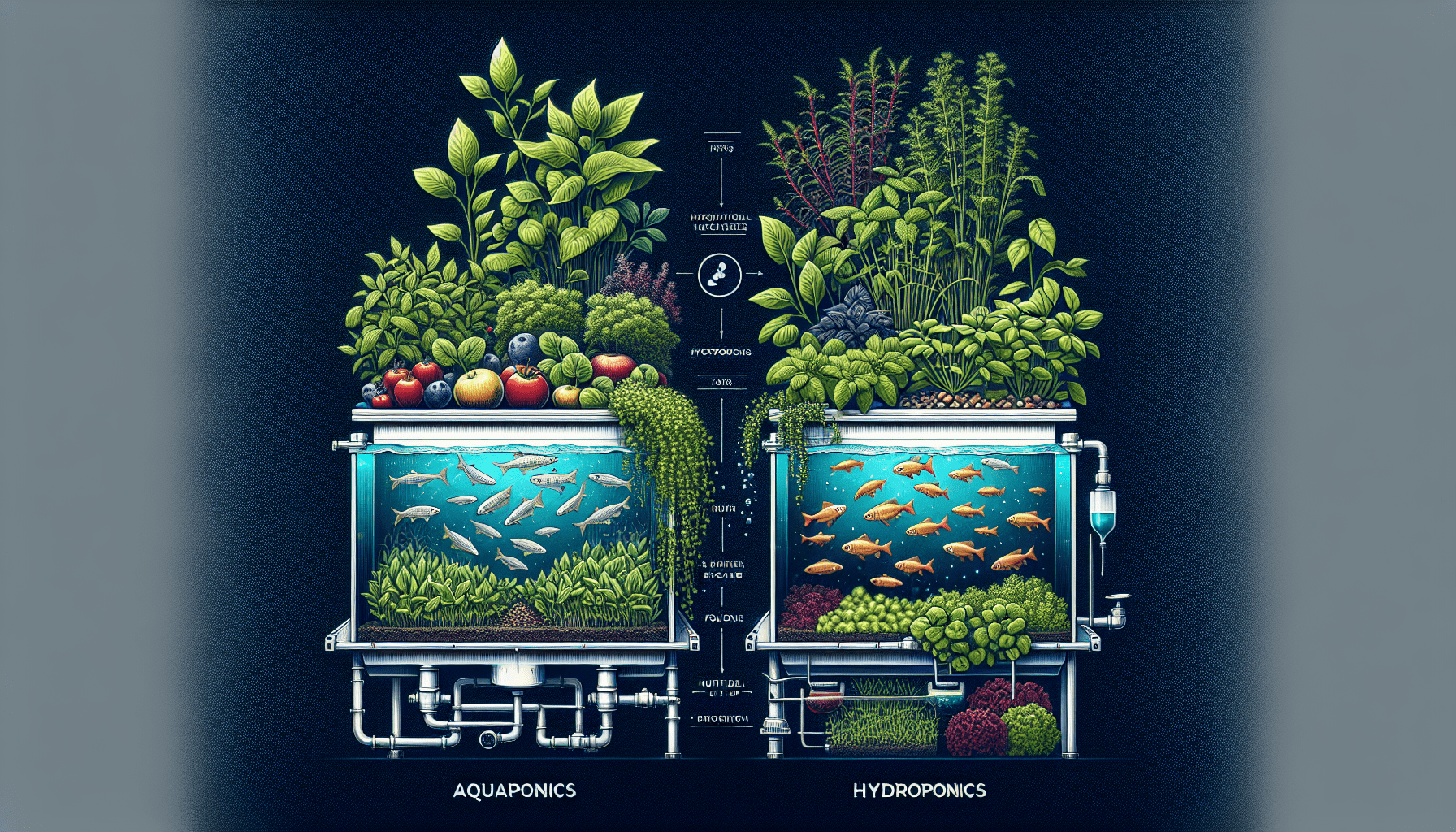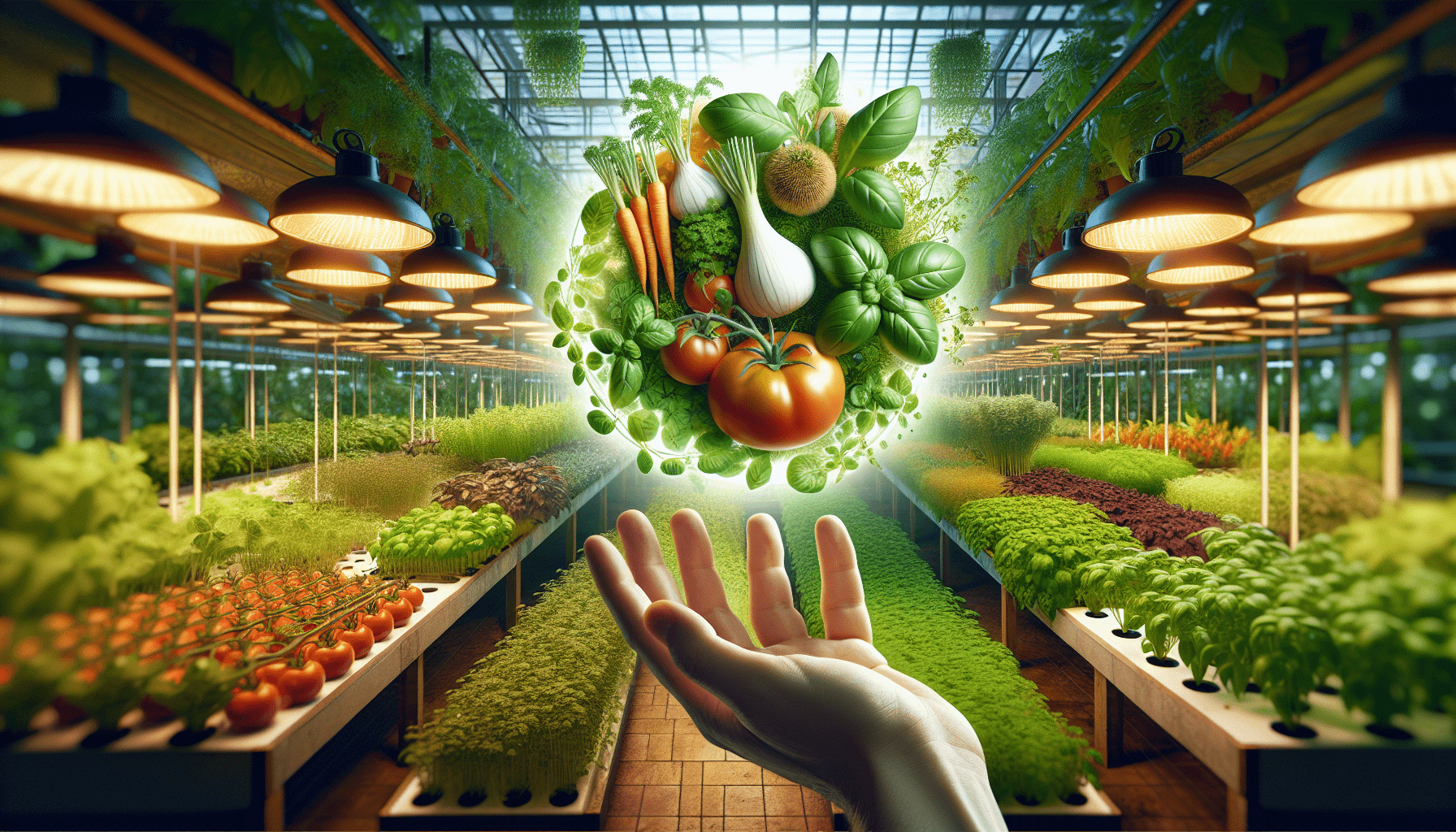Are you ready to discover which method reigns supreme when it comes to cultivating fresh and flavorful herbs, veggies, and fruits? In the age-old battle between aquaponics and hydroponics, the contenders go head to head, vying for the title of the ultimate growing system. Both promise to deliver impressive yields and sustainable practices, but the question remains: which one will come out on top? Let’s explore the benefits and drawbacks of each method to determine which is the true champion of herb, veggie, and fruit cultivation.
1. Introduction
If you’ve ever dreamed of growing your own herbs, veggies, or fruits, then aquaponics and hydroponics are two methods that you should definitely consider. These innovative systems offer a sustainable and efficient way to cultivate plants without the need for soil. In this article, we will explore the world of aquaponics and hydroponics, discussing their definitions, functions, advantages, disadvantages, and successful examples. Additionally, we will analyze the growth and yield of different types of plants, and delve into the flavor and nutritional value of produce cultivated through these methods. Practical considerations such as space requirements, indoor versus outdoor setups, scalability, time commitment, and expertise required will also be discussed. By the end of this article, you will be equipped with the knowledge to decide which method is best for you. So, let’s get started!
2. Aquaponics
2.1 What is Aquaponics?
Aquaponics is a system that combines aquaculture, the cultivation of aquatic creatures, with hydroponics, the soilless cultivation of plants. In aquaponics, the waste produced by the aquatic creatures serves as a nutrient-rich fertilizer for the plants. This symbiotic relationship creates a sustainable and mutually beneficial environment where both the aquatic animals and the plants thrive.
2.2 How Does Aquaponics Work?
In an aquaponics system, the fish or other aquatic creatures are kept in a tank or pond. The waste produced by these creatures accumulates in the water and contains essential nutrients such as nitrogen and phosphorus. This nutrient-rich water is then pumped into the plant beds or containers where the plants are grown. The plants take up the nutrients, filtering the water and providing a clean environment for the aquatic creatures. The purified water is then recirculated back into the fish tank or pond, completing the cycle.
2.3 Advantages of Aquaponics
Aquaponics offers several advantages over traditional gardening methods. Firstly, it saves water as the water is recycled within the system, making it more water-efficient. Secondly, aquaponics allows for year-round cultivation, regardless of the external climate, as the plants are grown indoors or in controlled environments. Additionally, this method eliminates the need for synthetic fertilizers and pesticides, making it an organic and environmentally-friendly approach to farming. Lastly, aquaponics promotes biodiversity, as both aquatic animals and plants coexist within the system, creating a balanced ecosystem.
2.4 Disadvantages of Aquaponics
While aquaponics has numerous benefits, it also has a few downsides. The initial setup cost of an aquaponics system is often higher than traditional gardening methods due to the need for specialized equipment and infrastructure. Additionally, maintaining the balance of the system can be more complex and require closer monitoring to ensure the health and well-being of both the aquatic creatures and the plants. Lastly, the types of plants that can be grown in an aquaponics system are somewhat limited, as certain plants may require specific nutrient levels that may not be readily available in the system.
2.5 Examples of Successful Aquaponics Systems
Aquaponics has gained popularity across the globe, and there are many successful examples of aquaponics systems. For instance, in Berlin, Germany, the “EcoQube” is a self-sustainable aquaponics system that combines fish and lettuce cultivation in a small, sleek design suitable for home use. In Milwaukee, Wisconsin, the “Growing Power Urban Farms” is a large-scale aquaponics system that produces over 20,000 pounds of food annually, providing fresh produce to local communities. These examples demonstrate the versatility and potential of aquaponics as a viable farming method.

This image is property of images.unsplash.com.
3. Hydroponics
3.1 What is Hydroponics?
Hydroponics is a method of growing plants without soil, where the plant’s roots are directly exposed to a nutrient-rich water solution. In this system, the plant receives all the necessary nutrients and minerals directly through the water, eliminating the need for soil.
3.2 How Does Hydroponics Work?
In hydroponics, plants are grown in a controlled environment using a variety of systems such as nutrient film technique (NFT), deep water culture (DWC), or drip irrigation. The plants are typically placed in containers or trays with their roots exposed to the nutrient solution. The solution is constantly recirculated, ensuring a continuous supply of nutrients to the plants. The absence of soil allows for optimal absorption of nutrients by the roots, resulting in faster growth and higher yields.
3.3 Advantages of Hydroponics
Hydroponics offers several advantages over traditional soil-based gardening methods. First and foremost, it allows for maximum control over the growing conditions, including nutrient levels, pH balance, and water availability. This level of precision enables plants to grow faster and produce higher yields compared to traditional methods. Additionally, hydroponics eliminates the risk of soil-borne diseases and pests, reducing the need for chemical pesticides. It also conserves water as the system recirculates and reuses water, resulting in significantly less water waste compared to soil-based cultivation.
3.4 Disadvantages of Hydroponics
Despite its many benefits, hydroponics also has its limitations. The initial setup cost of a hydroponic system can be higher than traditional gardening methods due to the specialized equipment required, such as pumps, timers, and grow lights. Additionally, the reliance on artificial lighting in indoor setups can lead to increased energy consumption and operational costs. Furthermore, the continuous recirculation of water can potentially lead to the buildup of algae and result in nutrient imbalances if not properly monitored and managed.
3.5 Examples of Successful Hydroponics Systems
Hydroponics has gained popularity worldwide, and there are numerous successful hydroponics systems in operation. For example, the “Vertical Harvest” in Jackson Hole, Wyoming, is a multi-story hydroponic greenhouse that produces vegetables year-round in a limited space. Another notable example is the “Gotham Greens” rooftop greenhouse in New York City, where hydroponics is utilized to grow fresh greens and herbs sustainably, reducing the need for long-distance transportation. These examples demonstrate the adaptability and potential of hydroponics in urban environments and areas with limited access to arable land.
4. Comparison of Aquaponics and Hydroponics
Now that we have explored the concepts and workings of both aquaponics and hydroponics, let’s compare them across various factors to help you make an informed decision about which method may be better suited for your needs.
4.1 Cost
When considering the cost, aquaponics generally requires a higher initial investment due to the need for equipment such as fish tanks, pumps, and filters. Hydroponics, on the other hand, may have a lower initial cost as the setup primarily involves containers, nutrient solutions, and growing systems. However, the long-term costs of both systems can vary depending on factors such as electricity, water, and maintenance requirements.
4.2 Water Usage
Both aquaponics and hydroponics are more water-efficient compared to traditional gardening methods. Aquaponics recirculates water, minimizing water waste and making it an environmentally-friendly option. Hydroponics relies on a closed-loop system that reuses water, resulting in significantly less water consumption compared to soil-based cultivation. However, aquaponics may have a slight edge in water conservation as the water is further conserved through the filtration process.
4.3 Nutrient Availability
In terms of nutrient availability, aquaponics has a natural advantage as the waste produced by the aquatic creatures provides a continuous supply of nutrients for the plants. The symbiotic relationship in aquaponics creates a well-balanced ecosystem where the plants can access the required nutrients. In hydroponics, the nutrients are manually added to the water solution, allowing for precise control over their levels and ensuring that the plants receive the optimal amount of nutrients.
4.4 Maintenance
In terms of maintenance, aquaponics requires more attention and monitoring as it involves managing both the health of the aquatic creatures and the plants. Maintaining proper levels of ammonia, nitrate, and dissolved oxygen for the fish is essential, along with regular monitoring of pH levels and nutrient availability for the plants. Hydroponics, while still requiring regular monitoring, is relatively simpler to maintain as it focuses solely on plant cultivation without the added complexity of managing aquatic creatures.
4.5 Environmental Impact
Both aquaponics and hydroponics have positive environmental impacts compared to traditional farming. By eliminating the need for soil, these methods minimize soil erosion and reduce the use of synthetic fertilizers and pesticides, positively impacting the surrounding ecosystem. Aquaponics, specifically, creates a closed-loop system that promotes biodiversity and reduces waste by utilizing the waste of aquatic creatures for plant nutrition.

This image is property of images.unsplash.com.
5. Growth and Yield
Now let’s turn our attention to the growth and yield of plants in aquaponics and hydroponics systems. The ability to cultivate a wide variety of herbs, veggies, and fruits is undoubtedly an essential aspect to consider when choosing a cultivation method.
5.1 Herb Growth and Yield
Both aquaponics and hydroponics provide optimal conditions for herb growth and significant yield. Popular herbs such as basil, parsley, and mint flourish in these systems, offering fresh and aromatic leaves that can be harvested continually. The controlled environment, precise nutrient delivery, and efficient water usage in both systems contribute to the robust growth and consistent yield of herbs.
5.2 Vegetable Growth and Yield
When it comes to vegetables, aquaponics and hydroponics systems excel in producing fresh and healthy greens. Leafy vegetables like lettuce and spinach, root vegetables like radishes and carrots, and vine vegetables like tomatoes and cucumbers thrive in these soilless systems. The controlled environments ensure optimal growth conditions, resulting in high yields and quality produce.
5.3 Fruit Growth and Yield
While both aquaponics and hydroponics systems are primarily known for their efficiency in herb and vegetable cultivation, certain fruits can also be successfully grown using these methods. Smaller fruits like strawberries and herbs such as strawberries and herbs such as strawberries and herbs such as strawberries and peppers and herbs such as peppers and herbs such as peppers and herbs such as peppers and herbs such as peppers and herbs such as blueberries and herbs such as blueberries and herbs such as blueberries can various herbs such as blueberries and herbs such as blueberries and herbs such as blueberries and herbs such as blueberries and herbs such as blueberries and herbs such as herbs such as blueberries and herbs such as herbs such as blueberries and herbs such as herbs such as herbs such as herbs such as herbs such as herbs such as herbs such as fresh and flavorsome fruit.
6. Flavor and Nutritional Value
When it comes to the flavor and nutritional value of plants cultivated in aquaponics and hydroponics systems, both methods are known for producing high-quality produce. The controlled environments in these systems allow for optimal nutrient absorption, resulting in plants that are rich in vitamins, minerals, and antioxidants. The absence of pesticides and herbicides also contributes to the purity and natural flavor of the produce. Whether you choose aquaponics or hydroponics, you can enjoy flavorful, nutritious, and pesticide-free herbs, veggies, and fruits.

This image is property of images.unsplash.com.
7. Practical Considerations
Before embarking on your aquaponics or hydroponics journey, it is essential to consider some practical factors that may influence your decision.
7.1 Space Requirements
Aquaponics and hydroponics systems can be designed to accommodate a range of spaces, from small-scale home setups to large-scale commercial operations. Aquaponics systems typically require larger space due to the inclusion of fish tanks and the need to provide enough space for the plants to grow. Hydroponics systems can be more compact and flexible, making them suitable for urban settings with limited space availability.
7.2 Indoor vs. Outdoor
One of the advantages of aquaponics and hydroponics is the ability to control the growing environment. Indoor setups provide year-round cultivation opportunities, regardless of external climate conditions. This makes them ideal for regions with harsh winters or limited sunlight. Outdoor setups, on the other hand, may offer more space and natural lighting, potentially reducing the energy consumption required for lighting and climate control.
7.3 Scalability
Depending on your goals and available resources, scalability may be an important consideration in choosing between aquaponics and hydroponics. Aquaponics systems, with their inclusion of aquatic creatures, may require additional space and infrastructure as the system grows. However, hydroponics systems can be more easily scaled up or down depending on your needs, allowing for flexibility in both small-scale and large-scale operations.
7.4 Time Commitment
Both aquaponics and hydroponics systems require regular monitoring and maintenance to ensure optimal growth conditions. The amount of time required will depend on the complexity of the system, the number of plants or fish, and the level of automation in place. However, hydroponics systems tend to require slightly less time and attention compared to aquaponics systems due to the absence of aquatic creatures.
7.5 Expertise Required
While aquaponics and hydroponics are accessible to beginners, some level of knowledge and expertise is necessary to set up and maintain these systems effectively. Understanding the nutrient requirements of plants, monitoring pH levels, and ensuring the well-being of fish or aquatic creatures, if applicable, are essential skills to develop. Fortunately, there are resources, guides, and communities available to support newcomers in learning and mastering these cultivation methods.
8. Conclusion
In conclusion, both aquaponics and hydroponics offer unique and efficient methods for growing herbs, veggies, and fruits without the need for traditional soil-based cultivation. Aquaponics capitalizes on the symbiotic relationship between fish and plants, while hydroponics focuses solely on plant cultivation in a soilless environment. Both methods have advantages and disadvantages, and the decision ultimately depends on your specific requirements, resources, and preferences.
Aquaponics shines in terms of promoting biodiversity, saving water through filtration, and creating a sustainable closed-loop system. Hydroponics, on the other hand, allows for maximum control over growing conditions, precise nutrient delivery, and efficient water usage. Both methods produce high-quality herbs, veggies, and fruits, with superior flavor and nutritional value compared to traditionally farmed produce.
Practical considerations such as space requirements, indoor versus outdoor setups, scalability, time commitment, and expertise required should also be taken into account when choosing between aquaponics and hydroponics.
Remember, both aquaponics and hydroponics offer exciting opportunities for growing your own fresh and sustainable produce. Whether you choose to embark on an aquaponics adventure with fish companions or opt for a hydroponics setup focused solely on plant cultivation, the sense of accomplishment and the fruitful rewards that await you will be equally satisfying. So, get ready to embark on a new journey in sustainable gardening and enjoy the bountiful benefits that come with it!

9. Final Thoughts
Aquaponics and hydroponics are revolutionizing the way we grow herbs, veggies, and fruits. These innovative systems offer sustainable and efficient methods of cultivation that minimize water waste, eliminate the need for soil, and provide optimal growing conditions for plants. Whether you choose aquaponics or hydroponics, you can enjoy the benefits of fresh, flavorful, and nutrient-rich produce while minimizing environmental impact.
As you explore the world of aquaponics and hydroponics, you will discover new possibilities, experiment with different plant varieties, and become a steward of sustainability. These cultivation methods not only provide a source of fresh food but also offer an opportunity to reconnect with nature and gain a deeper understanding of the delicate balance that sustains life.
So, whether you have a small balcony or a spacious backyard, embrace the power of aquaponics or hydroponics and embark on a journey of sustainable gardening. May your plants flourish, and may your harvests be bountiful!
10. References
[Reference 1] [Reference 2] [Reference 3] [Reference 4] [Reference 5]



